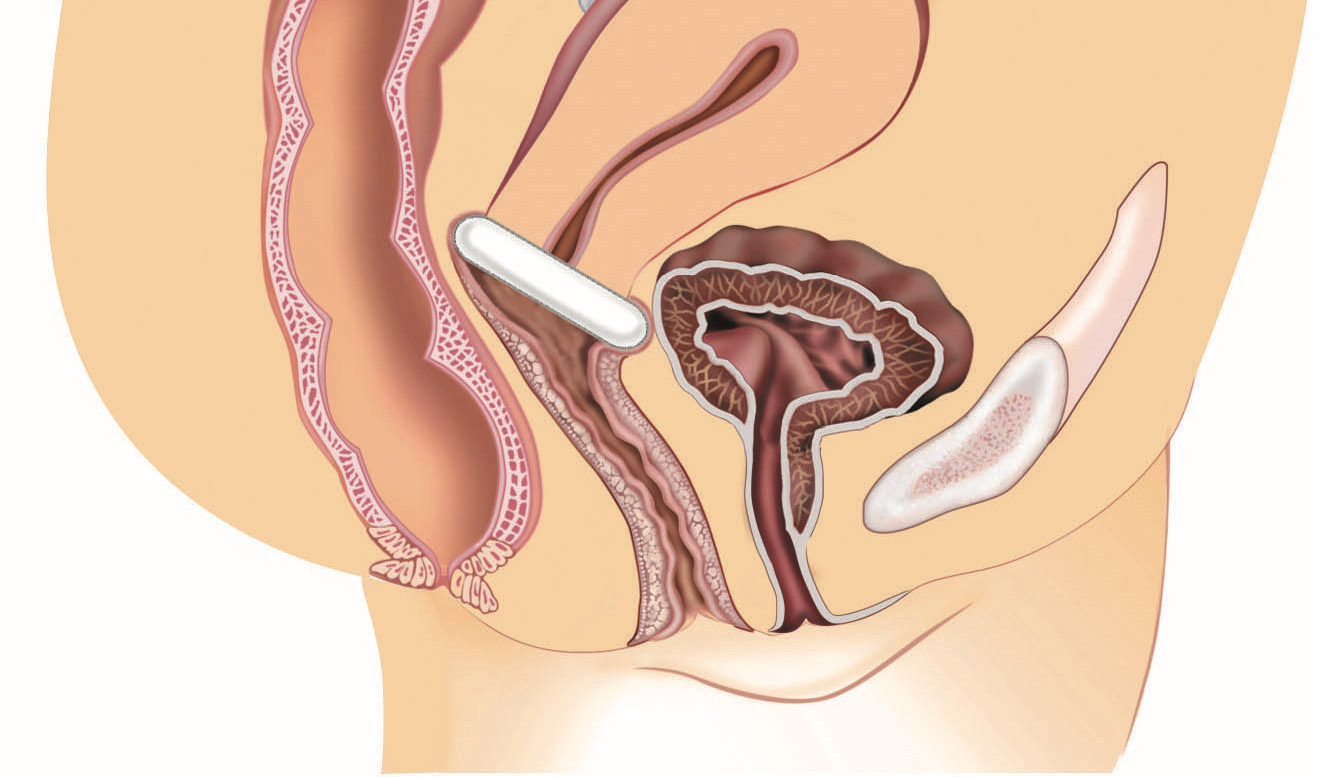Pessary Fitting
Pelvic Organ Prolapse
Vaginal prolapse is a common condition where the bladder, bowel or womb descend into the vagina.
Symptoms include:
Treatment is recommended when you are experiencing symptoms. There are a number of ways that vaginal prolapse can be treated. This fact sheet is about vaginal pessary. This treatment will not be suitable for all women.

What is a vaginal pessary?
A vaginal pessary is a device which supports the vagina. It needs to be changed every 6 – 12 months. Vaginal pessaries have been proven to be a successful alternative to surgery in relieving prolapse symptoms.
If you feel that the pessary is not working well, or is uncomfortable, it can be easily removed.
How does a pessary work?
The pessary sits high inside the vagina. When it is in the correct position you should not be able to feel it. After the pessary has been inserted you can resume all of your normal day to day activity, including sexual activity. In fact the pessary should improve your ability to be active as it supports the prolapse and should make you feel more comfortable.
If you feel the pessary is not working well, it can easily be removed. The pessaries are made from long lasting plastic and you do not need to change them yourself.
How is the pessary inserted?
The Pessary is easy to insert. It is inserted into your vagina. The pelvic health Physiotherapist can insert the Pessary during an appointment- no anaesthetic is required
Sometimes a number of types and sizes need to be tried in order to find the right size for you. The wrong size might fall out. If this happens, just contact your physio for another appointment and bring the pessary with you.
Are there any risks?
Occasionally, the pessary causes pressure areas inside the vagina. It is important that you see your doctor every 6 – 12 months to have a speculum check.
Please tell your doctor if you notice any of the following
> Unusual bleeding
> Unpleasant vaginal discharge
> Constipation
> Worsening urinary incontinence
> Difficulty emptying your bladder
> Abdominal pain
There is no risk of the pessary being lost inside the vagina.
Do I need to do anything with the pessary?
You may need to use some oestrogen cream in the vagina. This will keep the vagina healthy while the pessary is in place.
Follow up required?
It is essential that you book a follow up appointment after 1 week, 3 weeks, & 3 months- to check the status of the pessary and ensure it is the correct fit and there are no complications. You may also like to consider learning how to remove and insert the pessary yourself which will require an extra session earlier on.
